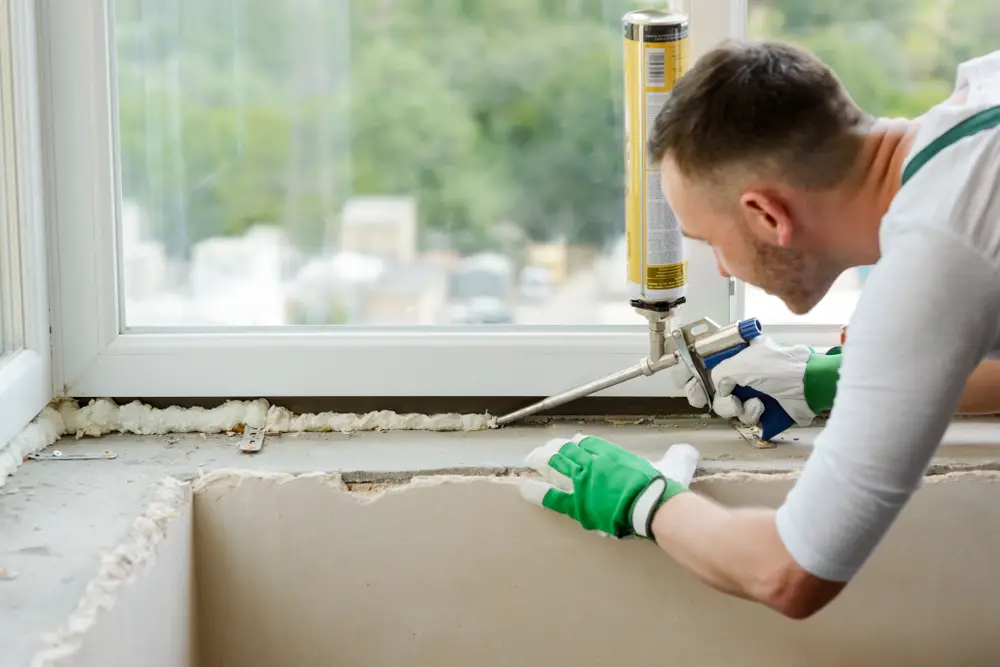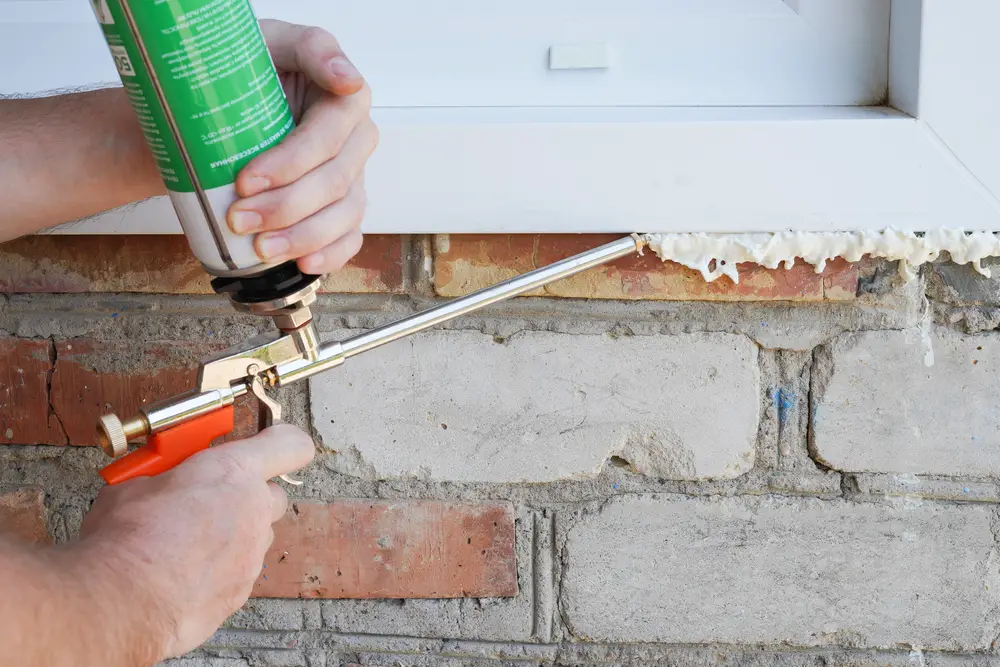While it is frustrating, it’s not uncommon to notice that your polyurethane finish hasn’t dried after several hours or days after the application.
There are several reasons as to why this is, but first, let’s take a look at what you can do when polyurethane won’t dry.
If you have applied your polyurethane finish and it’s not drying, the best way to speed this up is by applying heat to the surface. The best source of heat is a heat lamp or a blow dryer.
Usually, water-based polyurethane takes 6 hours to dry, while oil-based polyurethane takes up to 24 hours to dry.
If your finish takes longer to dry than the time frames we’ve mentioned, then you should start to consider ways to speed up the drying process, especially if the polyurethane was applied in favorable weather conditions.
Why Polyurethane Won’t Dry?
There could be several reasons as to why your polyurethane finish might take longer than expected to dry, or may fail to dry at all.
The Wood Contains Oil
This is one possible explanation why your finish is taking longer than expected to dry. The wood could have natural oil, or you may have applied oil to your structure and not given it enough time to dry.
If this is the case, the first layer of polyurethane might take longer than expected to dry. If it does dry, the second coat you apply should have no problems dying.
Most exotic woods except mahogany have a natural resin that is mainly oily. Sometimes you can feel their oiliness when you touch these woods.
The mineral-spirits solvent present in the polyurethane acts as a solvent to the resins.
When you apply the polyurethane to the bare wood the two will mix leading to the oily resin affecting how the polyurethane formula dries.
This is also the case when polyurethane is applied over linseed and can be avoided by allowing the oil to completely dry before you apply polyurethane.
Application Conditions
The atmospheric condition of where you live can also play a role in the drying of your polyurethane formula.
If you are working in highly humid conditions with low temperatures, your polyurethane will take longer than expected to dry.
It may be worth being patient with polyurethane before exploring other options. If time is against you, then using heating methods can speed up drying. You should also make sure that you are working in a room with proper ventilation to avoid a long drying time.
How Long Should You Wait for Polyurethane to Dry?
As we’ve mentioned, different polyurethane formulas have various drying times. But the standard drying time for water-based polyurethane is 6 hours, while oil-based polyurethane can take up to 24 hours to dry.
However, both formulas have a curing time of 30 days. After applying your formula, give it 6 to 24 hours to dry depending on what formula you use.
How Long Should You Wait Between Coats of Polyurethane?

Working with polyurethane requires a lot of patience to get the best finish possible.
After applying the first coat, allow 24-48 hours for it to dry, use a wood sander for light sanding, and then apply the second layer thinly. You can add a third coat, or more, but two coats should be sufficient.
Do not sand the final coat. Let it dry and cure into a hard and protective finish.
If you’re applying multiple coats of polyurethane to your structure (like a wooden floor) make sure you use thin layers. This allows for a faster drying time and results in a beautiful finish with no bubbles.
What Happens if You Recoat Polyurethane Too Soon?
Recoating your polyurethane finish doesn’t affect the surface too terribly. However, it doesn’t give you the best finish. For the best results, you should wait for your first layer to dry before adding the next coat.
If you recoat too soon, the bottom layer will shrink and form tiny ripples in the top layer, making the surface less smooth. If this isn’t a concern for you though, then you can recoat your polyurethane finish.
Another interesting read: Best Polyurethane for Stairs
Is Polyurethane Safe to Use?
A lot of people wonder if polyurethane is toxic and it mostly depends on the type of polyurethane you are using. You should always read the manufacturer’s instructions to know how to handle the formula.
But there are some general precautionary measures you can take while working with any polyurethane formula.
Oil-based polyurethane contains several dissolved chemicals. You will notice this while the formula is drying and curing, because it will produce a strong odor.
But while water-based polyurethane products don’t have a strong smell, it’s still important to be safe. When any polyurethane-coated surface is drying and curing you should try to avoid going near it.
You should also make sure you are working in a properly ventilated room when applying the polyurethane formula to your surface. If you can’t ventilate the room, then make sure you use a nose mask that can protect you during polyurethane application.
Oil-based polyurethane is flammable and can catch fire when drying due to the chemicals that evaporate the fumes.
You should always make sure there is no fire or open flame around the room. Items like rugs used during the application of oil-based polyurethane can also catch fire, so make sure you dispose of these in the right way. Water-based polyurethane is not flammable.
Conclusion
When applying polyurethane to your structure, it’s understandable to want to see that beautiful finish straight away. So it can be frustrating and concerning when your finish is taking an incredibly long time to dry.
But when polyurethane won’t dry, you can dry the surface physically by using a heat gun or blow dryer (always use caution when trying this though, as oil-based polyurethane is flammable).
It’s also worth remembering how long certain polyurethane formulas typically take to dry. But heating is a tried and tested way of helping your polyurethane finish to dry.


